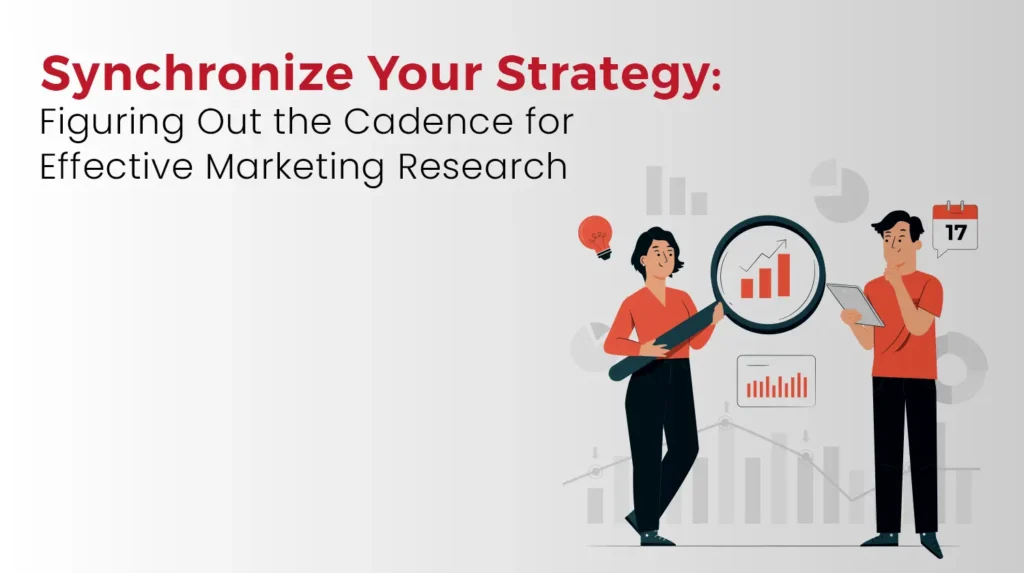Standards for the Cadence of Research
Cadence is the term used to describe the timing or regularity of data collection. Numerous elements decide what cadence is best for your research. It is imperative to consider sales statistics, marketing plans, seasonality information, target demographics, and budgets when determining the appropriate monitoring frequency for your brand.
- Researchers can determine the size of your brand and whether your business is currently projecting revenues by using sales data. It also indicates whether starting the study early has to take any seasonal considerations into account.
- Media planning are crucial, particularly for tracking advertisements. They assist in establishing the frequency of advertising expenditure and identify the initiation of new campaigns or ad concepts. Usually, research is done before and after these campaigns to find out how effective the advertisements are.
- The budgets are also quite important. Developing a research strategy that meets your goals and keeping less track is preferable to tracking just for the purpose of tracking. Brands may continue to track often even in times of budget constraint, but surveys are not tailored to meet their specific requirements. Marketing teams frequently end up with data from this that they are unable to use in their branding or advertising campaigns. Fielding the survey less frequently but with more reliable results is usually preferable. Frequently, you’ll discover greater variation and useful information.
- The intended audience is another element that affects cadence. The survey can be followed in real-time if intended for the general public or a similar demographic.
A Few Choices for Cadence Research
Monitoring in Real Time: Continuous data gathering and analysis are part of real-time monitoring, which offers quick insights into the effectiveness of a brand or advertisement. This approach is perfect for campaigns that move quickly or for circumstances that call for quick decisions and responses. It helps marketers to spot patterns, recognize problems quickly, and enhance efforts in real time. Survey analysis of this kind is advised for firms that spend significant money on advertising.
Quarterly Analysis: A high cadence is also used in the quarterly analysis to track the effectiveness of ads or brands. It offers the capacity to monitor overall performance, spot long-term trends, and assist with budgetary and strategic planning. Media spending by brands ought to be substantial enough to justify the cost of a quarterly monitoring program. After the program is implemented, it is critical to ascertain whether the quarterly variances are significant enough to support this cadence. There can be a choice to track more frequently if changes are drastic or highly differentiable.
On an annual basis Monitoring: Brands that spend a lot of money on advertising and media should monitor their results at least once a year. This makes it easier to assess how well the brand is communicating. It also indicates places that require development.
Conclusion
By strategically determining your cadence based on these elements, you can enhance decision-making processes, improve resource allocation, and stay responsive to market dynamics. Whether it’s daily, weekly, monthly, or seasonal, the right cadence empowers brands to leverage data effectively, driving sustained growth and competitive advantage in today’s dynamic business landscape.
Do you have any further queries concerning monitoring cadence? Please do not hesitate to contact us.





